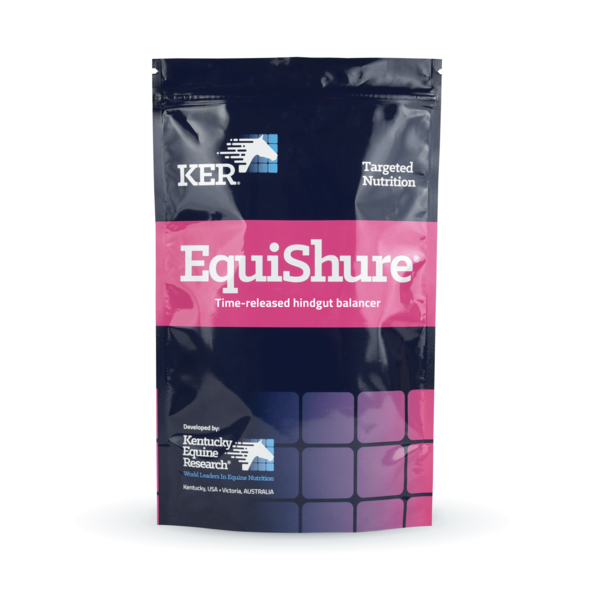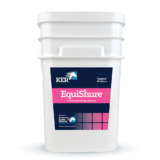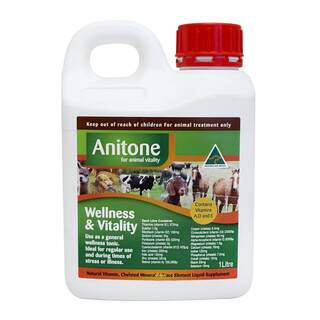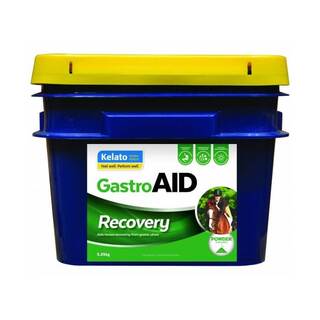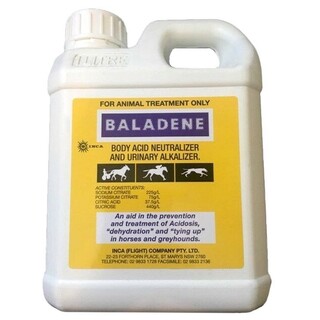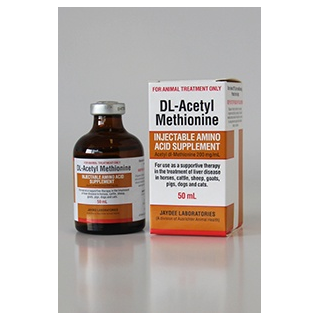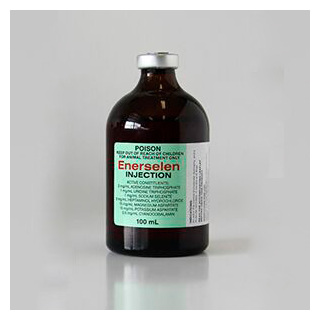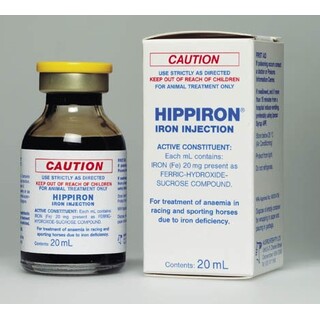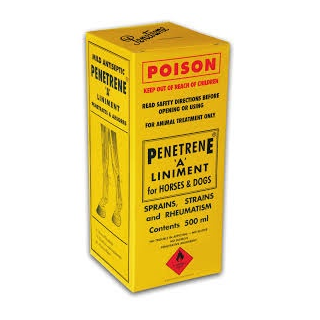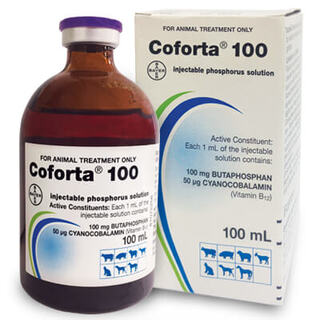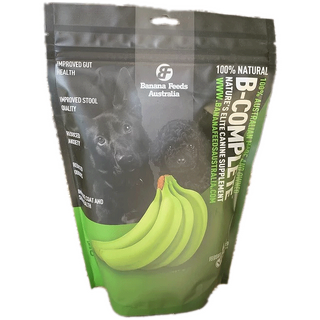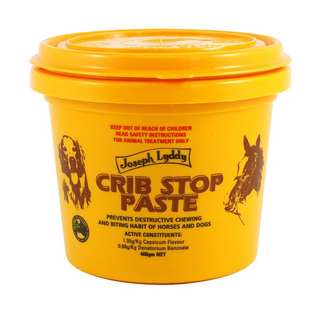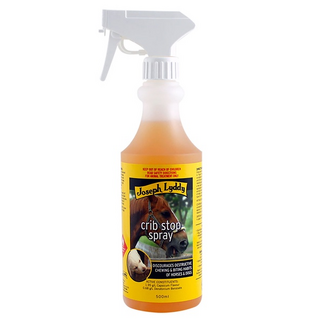Kentucky Equine- EquiShure
EquiShure®promotes normal digestive function by aiding in the maintenance of an optimal hindgut environment and is designed for horses suspected of suffering from or that are at risk of developing hindgut acidosis. Many horses have hindgut disturbances and EquiShure’s unique encapsulation technology ensures targeted release directly in the hindgut.
The demands placed on horses, as both athletes and breeding animals, dictate that substantial quantities of energy–rich feeds be consumed. Disturbances in the normal hindgut environment are thought to result from overconsumption of either high–starch concentrates or pasture grasses rich in fructans (sugars). Hindgut acidosis leads to changes in the bacterial population of the hindgut, digestive disturbances, and reduced digestive efficiency.
EquiShure supplies a time-released balancer to neutralise the acid and help maintain a stable hindgut environment, which encourages proper digestion and absorption of nutrients. EquiShure’s unique encapsulation technology e
EquiShure™-
Time-Released Hindgut Buffer for Horses with Subclinical Acidosis
EquiShure is appropriate for horses suspected of suffering from subclinical acidosis. At-risk horses often express one or more signs that can derail athletic performance as well as reduce growth or reproductive potential. Signs of subclinical acidosis may include:
- Decreased feed intake or complete inappetence in severe cases
- Mild to moderate colic signs of unexplained origin
- Poor feed efficiency and subsequent weight loss
- Loss of performance
- Development of stereotypies such as wood chewing, weaving, and stall walking
A diagnosis of subclinical acidosis is often overlooked initially when one or more of the aforementioned signs is noticed. EquiShure, a time-released hindgut buffer, may be beneficial in counteracting the effects of this syndrome.
Cause of Subclinical Acidosis
Subclinical acidosis is thought to result from overconsumption of either high-starch concentrates or pasture grasses rich in fructans. The demands placed on horses-as athletes and as breeding animals-dictate that substantial quantities of energy-rich feeds be consumed.
When large grain meals are fed to horses, it is often impossible for the stomach and small intestine to sufficiently digest and absorb the massive onslaught of starch. Hence, some starch moves into the hindgut without being sufficiently digested. As digestion of easily-fermentable starch progresses in the hindgut, the production of volatile fatty acids (VFA) and lactic acid increases, causing a significant decrease in the pH. When the hindgut endures insults such as this several times a day it teeters on becoming overwhelmed with acid. Additionally, because lactic acid is a stronger acid than the VFA, it can cause serious damage to the intestinal mucosa. In severe cases, lactate may contribute between 50 and 90% of the total acids in the hindgut.
The shift in pH provides an unfavorable environment for some of the many microorganisms that inhabit the hindgut and aid in digestion. In particular, fiber-digesting bacteria such as Ruminococcus albus and Fibrobacter succinogenes are sensitive to precipitous decreases in pH. For optimal performance, these bacteria favor an environment with a pH between 6.5 to 7.0. When pH drops to below 6.0, fiber-digesting bacteria become less efficient and begin to die off.
In contrast to fiber-digesting bacteria, lactate-producing and lactate-utilizing bacteria thrive in an environment with a low pH. Certain microorganisms such as Streptococcus bovis actually shift their metabolism and produce lactic acid rather than VFA when exposed to acidic conditions, serving only to compound the problem.
Changes in the pH of the hindgut due to alterations in the microbial populations and acid profiles cause a condition known as subclinical acidosis.
Signs of Subclinical Acidosis
One of the primary signs of subclinical acidosis is inappetence or decreased appetite. A horse is often reported to be "off his feed."Because the hindgut is overwhelmed with lactic acid when a horse is experiencing acidosis, the intestinal lining becomes inflamed and irritated, causing the horse discomfort. The irritation may be severe enough to induce behavior characteristic of colic. Furthermore and perhaps most detrimental to equine athletes is a reduction of feed efficiency. Long-term exposure of the intestinal lining to a low-pH environment may negatively affect the absorptive capacities of these structures, limiting the amount of energy available for performance.
In addition to these health concerns, a link between subclinical acidosis and sterotypies such as wood chewing, weaving, and stall walking has been suggested by researchers.
Because of the precarious nature of the hindgut of a horse afflicted with subclinical acidosis, it is less able to handle metabolic crises that healthy horses may be able to fend off. Hence, horses with subclinical acidosis are more susceptible to colic and laminitis.

